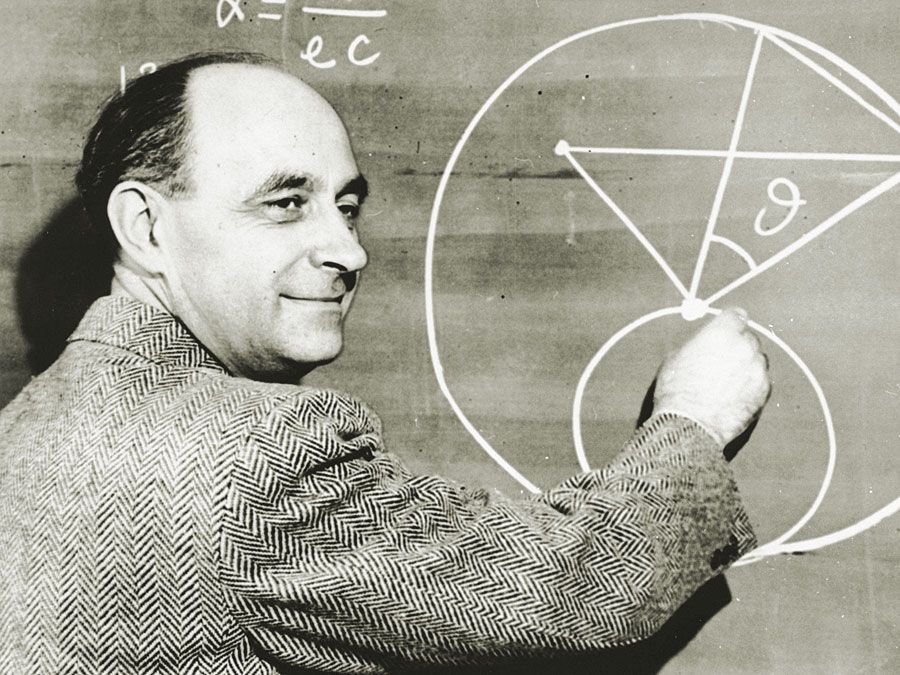longitudinal wave
- Related Topics:
- sonic boom
- shock wave
- rarefaction
- primary wave
- ion acoustic wave
longitudinal wave, wave consisting of a periodic disturbance or vibration that takes place in the same direction as the advance of the wave. A coiled spring that is compressed at one end and then released experiences a wave of compression that travels its length, followed by a stretching; a point on any coil of the spring will move with the wave and return along the same path, passing through the neutral position and then reversing its motion again. Sound moving through air also compresses and rarefies the gas in the direction of travel of the sound wave as they vibrate back and forth. The P (primary) seismic waves are also longitudinal. In a longitudinal wave, each particle of matter vibrates about its normal rest position and along the axis of propagation, and all particles participating in the wave motion behave in the same manner, except that there is a progressive change in phase (q.v.) of vibration—i.e., each particle completes its cycle of reaction at a later time. The combined motions result in the advance of alternating regions of compression and rarefaction in the direction of propagation.
A mechanical model is helpful in explaining longitudinal waves. At the top of the , small masses A, B, C, etc. are joined together by coiled springs to represent a transmitting medium that has properties of both inertia and elasticity. Because mass B has inertia, motion of A toward the left (arrow 2) extends the spring it is attached to and motion to the right (arrow 1) compresses it. A corresponding motion will be communicated to B through the spring, except that there will be a slight lag in phase. Mass B will impart its motion to its partner C, and so on, the impulse travelling from A to K and the lag progressively increasing. At the instant shown, A leads J in phase by 360°; A is starting its second vibration, whereas J is just beginning its first.
A transverse representation of a longitudinal wave is shown at the bottom of the figure. Here vertical lines are drawn through the rest positions (indicated by a,b,c, etc.), with lengths proportional to the distances that the masses have moved from equilibrium (their amplitudes). Lines are drawn upward from the axis when displacement is to the left and downward when to the right. A smooth curve drawn through the ends of the vertical lines gives a transverse curve. This transverse curve shows that there is one compression and one rarefaction per cycle, aj being one wavelength. Frequency would be represented by the number of complete cycles executed by any of the masses per second.












